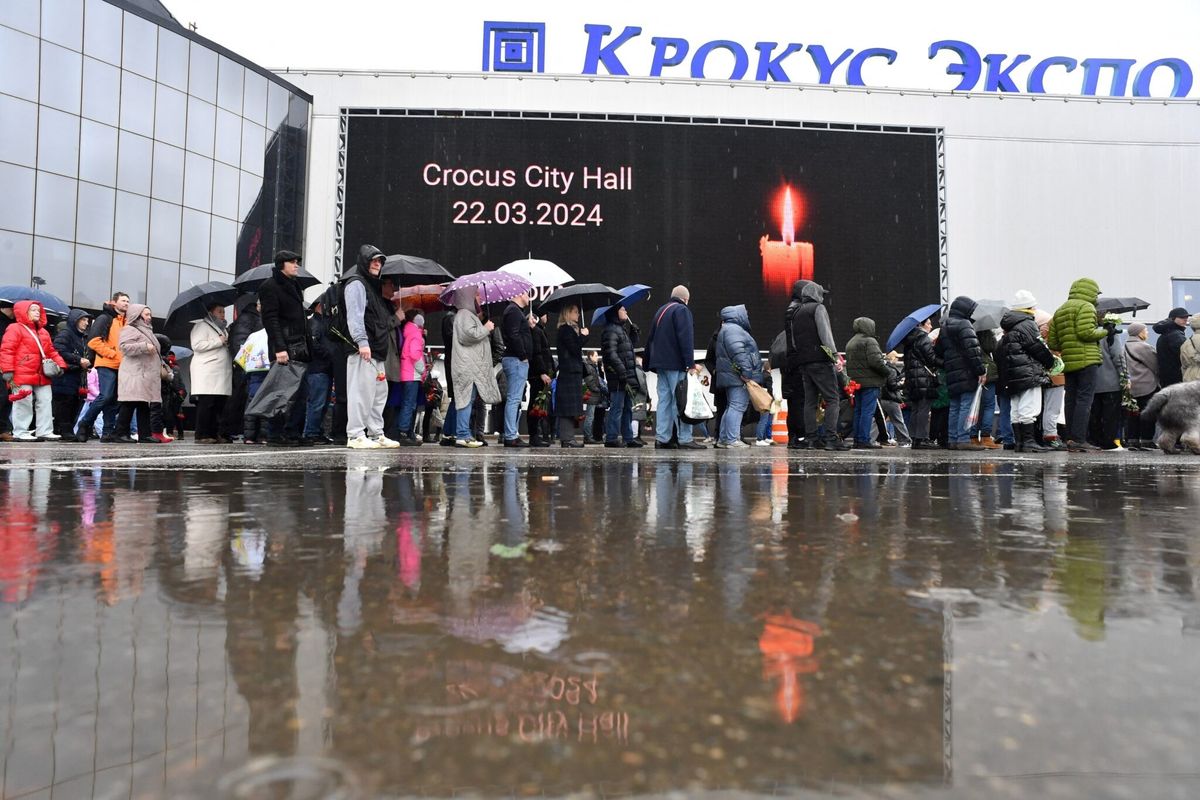Spanish authorities said Friday the deadly attacks in Barcelona and a seaside town are linked and long-planned by a terrorist cell. While several people have been arrested in connection with the attacks, the driver who plowed through pedestrians on Las Ramblas is still at large and police are searching for other suspects. ISIS claimed responsibility for the Barcelona attack, which killed 13 people and injured over 100.
Early Friday morning, police killed five suspects in the town of Cambrils after another car attack left one person dead and several others injured. Authorities said the attacks were connected, and also linked with an explosion on Wednesday that left one dead. Police believe the explosion in the terror cell’s house in Alcanar, Spain was accidental and destroyed material the perpetrators had expected to use in their attacks.
The Cipher Brief reached out to Jim Clapper, former Director of National Intelligence, and John McLaughlin, former Acting Director of the CIA, for their initial thoughts on what happened in Spain, the threat situation in the country, and how intelligence services will likely interface in the aftermath.
The Cipher Brief: A vehicle being used for an attack is not necessarily a hallmark of ISIS; we also saw a similar tactic used in an attack by white supremacists in Virginia. What does the method tell you about the perpetrators?
Jim Clapper, Former Director of National Intelligence: What happened in Charlottesville was also terrorism; the white supremacists are terrorists as well. Their march was just like the ISIS parades and their tactics and objectives are parallel.
John McLaughlin, Former Acting Director of the CIA: The attack mirrors similar vehicle attacks in the last year in Nice, London, and Berlin; there is a big copycat factor at work here. Terrorists tend to do what’s easy, what works, and what eludes detection. Vehicle attacks fit the bill.
ISIS media claims responsibility, but it’s too soon to take that literally as they often exploit individual actions to grab credit. The attack nonetheless has the look and feel of an operation at least inspired by ISIS's urging of extremists to use whatever means available to attack the group’s enemies.
TCB: In a situation like this, what are authorities looking for to understand the threat and who is responsible?
Clapper: The authorities in Spain—law enforcement and intelligence—have a sophisticated understanding of the threat posed, and the difficulty of preventing such attacks, particularly when such simple weaponry and crude but effective tactics are used.
McLaughlin: Catalan authorities have multiple people in custody—though not the driver of the attack vehicle—and if they turn out to be the perpetrators, we’ll know before long the answers to these questions. If they have also captured the suspects' social media, they should be able to narrow down not just culpability and operational direction/control but also learn something about the broader networks involved. The Spanish national and regional police and the intelligence services are highly skilled and it will not take them long to sort this out.
TCB: What is the threat situation in Spain? What are the counterterrorism efforts focused on there?
Clapper: The Spanish have their share of potential extremists, many from North Africa.
McLaughlin: Spain is a favored target of ISIS and al Qaeda; this was evident soon after 9/11 when al Qaeda elements carried out a successful train bombing in Madrid in 2004. With a large urban population and a network of small villages, terrorists have found Spain a good place to hide and plot — despite the long experience of Spanish authorities in dealing with Basque terrorist groups and others. Recall that the 9/11 hijackers had a logistics support network in Spain. Moreover, as recently as June, police wrapped up an ISIS cell in Majorca. This against the backdrop of a Europe study that in 2014 put Spain among the EU’s top three terrorist hotspots—at about the time that police arrested a nine-person cell in Spain’s North African enclave of Ceuta. It has links to groups in Belgium, Turkey, France, and Syria and was recruiting young Moroccan and Spanish men to fight in Syria.
TCB: What’s the level of collaboration between Spain and the U.S.? What about with the EU?
Clapper: The level of collaboration within Spain and with other European countries is good, getting better, but obviously not iron-clad. I'm quite sure they are interfacing with their counterparts throughout Europe, not to mention the United States.
The European countries are doing better at sharing information, within the constraints of their respective internal laws and the resources they have to expend on collection and surveillance.
McLaughlin: Spain has a close intelligence relationship with the U.S. and with its European partners. But Europe is still hampered by two things in particular.
First, European intelligence services still do not have an efficient and centralized way of sharing information to match what we’ve developed in the U.S. since 9/11. And second, they are overwhelmed by the sheer number of cases they have to follow, given the hundreds of Europeans who went to fight with ISIS in Syria, many of whom have probably slipped back into Europe. An additional problem for Spain is its proximity to North Africa, where ISIS has numerous strongholds and large stretches of ungoverned territory to exploit.
Pam Benson and Mackenzie Weinger contributed to this report.












